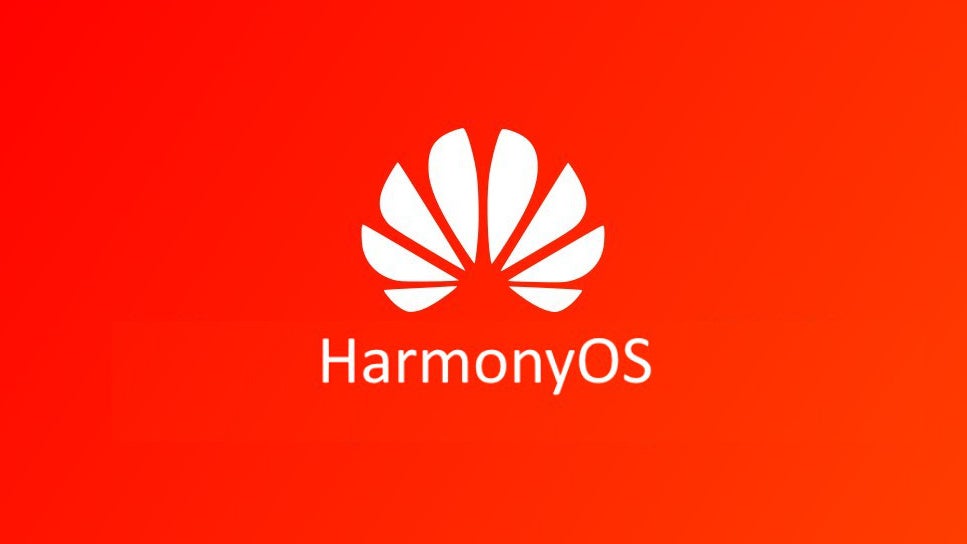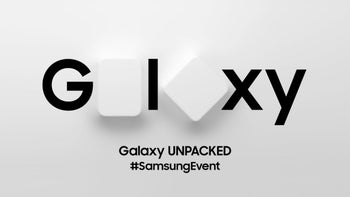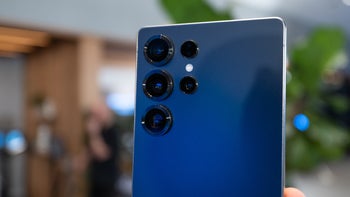Huawei's Harmony OS 2 now installed on 70 million devices and counting

It was way back in May of 2019 when Huawei was blocked from adding Google services to its phones due to the US trade ban that took effect. Unable to have Google Play Store on its phones, or any of the well-known services like Maps and Gmail, new device sales in international markets started slipping. Huawei had to work on a solution quickly — a fleshed out OS and services suite that would serve its users well and convince them to stick to Huawei devices.
In comes HarmonyOS — an operating system that Huawei has been working on for years, but was primarily meant for IoT devices, like smart TVs, smart car multimedia, and different wearables. Well, after the trade ban of 2019, Huawei had to work fast to make HarmonyOS a smartphone operating system as well.
Finally, the official update of the now-named HarmonyOS 2 has been available for Huawei smartphone users since June of this year. During the first week of release, the operating system hit 10 million devices. And the company now reports that, over the past 3 months, 70 million users (translated) have updated to HarmonyOS 2 and it is on track to reach 100 million devices well before the end of the year.
Couple of things here — first, most of these users are in China and secondly the devices counted include smartphones, tablets, and smart TVs. Though, there is a global version of HarmonyOS 2 being pushed to international devices as well. Also, some of them are still rocking a beta version, while others have received a final stable build.
Over the past couple of years, the Huawei AppGallery grew quite a bit — developers and service providers worldwide realised that there are millions of Huawei users on the planet. Of course, if said providers wanted to keep the users' business, they had to develop apps compatible with the AppGallery. Well, it's mostly a port, since HarmonyOS is still very much Android. If the app you are looking for is not available on Huawei's app store, it will do an automatic search through well-known .apk websites like ApkPure. Not ideal, but something.
HarmonyOS to support 4-year-old devices
The update cycle isn't over yet, too, with many other devices still on the waiting list to receive an OTA patch. Interestingly enough, Huawei seems to be determined to support old devices from the get go. The list claims that the Huawei Mate 9 and Huawei P10 will also be getting their version of HarmonyOS 2 despite these phones being released way back in 2017.
I can only assume that the company wants to establish trust and gain favour with the community — having phones that receive software updates for multiple years on end is definitely a positive, and future-proofing is something we talk about often. It's something that Android phones have been struggling with since forever — to give you a perspective, if an Android phone manufacturer announces 3 years of software updates, it's considered a big deal.
This could just be Huawei chin-flicking Google.
Is HarmonyOS built on Android?
Yes, HarmonyOS is a fork of Google's Android operating system, but does not have the Google framework installed (which is why your Maps, Gmail, Assistant, et cetera won't work on it). How does that work?
Well, Android is an open source project from inception — by definition, it has to be available to anyone and everyone who wishes to modify it for their own use. So, while Google had to suspend licensing relations with Huawei, the Chinese company can't be blocked from using a software that's out there for everybody to use.
Can I install Google apps on HarmonyOS 2?
Technically yes — or more like maybe — but there's no user-friendly way to do it. The company maintains the official statement that HarmonyOS 2 does not work with Google apps. Obviously — Huawei would rather build its own thing instead of trying to offer shady solutions. In any case, it'd be very interesting to see if Huawei's flagships will be able to recover and start a slow re-climb to the top in the following years, without the support of Google's framework.
Follow us on Google News












Things that are NOT allowed:
To help keep our community safe and free from spam, we apply temporary limits to newly created accounts: